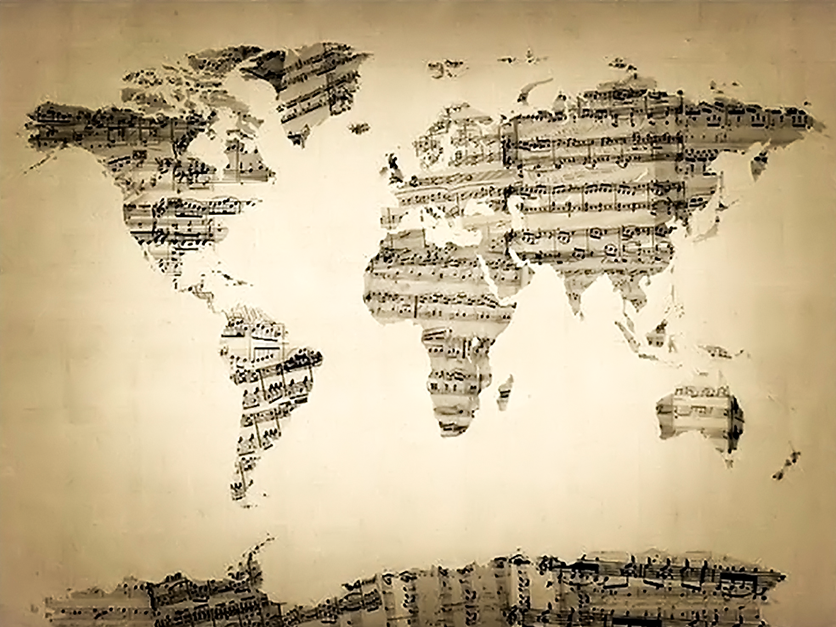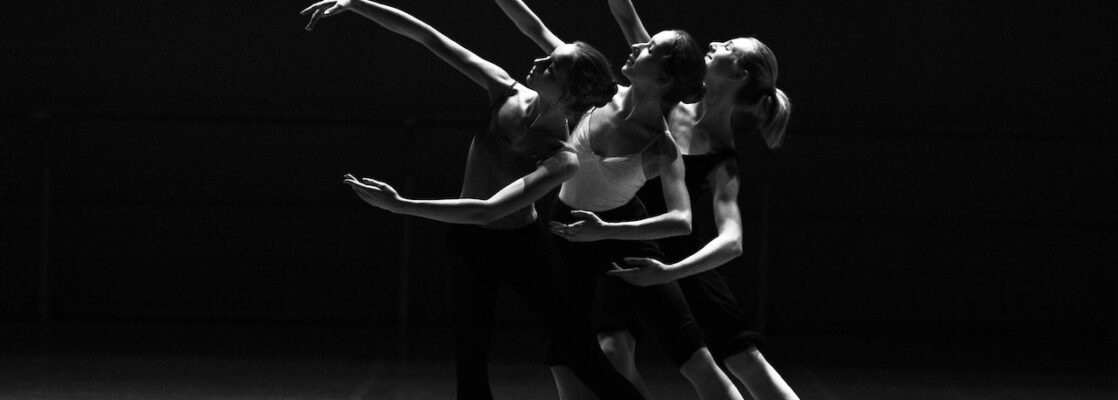Introduction
Music and dance are powerful forms of artistic expression that transcend cultural boundaries and connect people on a universal level. From the rhythmic beats that make our bodies move to the melodic harmonies that touch our souls, music and dance have the ability to evoke emotions, tell stories, and bring communities together. In this article, we will explore the beauty and significance of music and dance as a universal language of expression.
The Power of Music
Music: The Soundtrack of Life
Music has been an integral part of human existence since ancient times. It has the ability to convey emotions, reflect societal values, and capture the essence of different cultures. Whether it’s the soothing melodies of classical compositions or the energetic rhythms of popular genres, music has the power to transport us to different emotional states and create a sense of unity among listeners.
Cultural Diversity: A Symphony of Sounds
Music reflects the diversity of human experiences and cultural traditions. Every region of the world has its own unique musical styles, instruments, and genres that are deeply rooted in local traditions and customs. From the passionate flamenco of Spain to the soul-stirring qawwali of India, each musical tradition tells a story and carries the essence of its cultural heritage.
Healing and Well-being: Music as Therapy
The therapeutic power of music is widely recognized. It has been used as a form of healing and self-expression in various cultures throughout history. Music therapy can help reduce stress, alleviate anxiety, and improve emotional well-being. Whether it’s through singing, playing instruments, or simply listening, music has the ability to uplift our spirits and promote overall wellness.
The Language of Dance
Dance: An Expression of Movement
Dance is a form of non-verbal communication that allows individuals to express themselves through movement. It transcends language barriers and communicates emotions, stories, and cultural identities. Whether it’s the graceful ballet of Western traditions or the vibrant rhythms of African dance, each movement holds meaning and embodies the spirit of its cultural context.

Cultural Significance: Preserving Traditions
Dance plays a vital role in preserving cultural traditions and passing them down from one generation to the next. Traditional dances often embody cultural values, historical events, and mythological narratives. Through dance, communities can celebrate their heritage, strengthen their cultural identity, and ensure that their traditions continue to thrive.
Fusion and Innovation: Blending Boundaries
In the modern world, dance has evolved to embrace fusion and innovation. Dancers and choreographers often blend different dance styles and techniques, creating unique and captivating performances. This fusion not only expands artistic possibilities but also fosters cultural exchange and dialogue between different traditions.
FAQs (Frequently Asked Questions)
1. Is music a universal language?
Music is often referred to as a universal language because it has the power to transcend linguistic and cultural barriers. It can evoke emotions and create a sense of connection and understanding among people from different backgrounds.
2. How does dance contribute to cultural identity?
Dance plays a significant role in preserving cultural identity by embodying cultural values, traditions, and historical narratives. It serves as a visual representation of a community’s heritage and strengthens the sense of belonging and pride within that culture.
3. Can music and dance be used for social and political movements?
Yes, music and dance have been powerful tools for social and political movements throughout history. They can be used to express dissent, inspire unity, and amplify messages of social justice and change.
4. How does music and dance promote cultural exchange?
Music and dance provide platforms for cultural exchange by showcasing different traditions, fostering understanding and appreciation of diverse cultures, and creating opportunities for collaboration and dialogue.
5. Are there health benefits associated with music and dance?
Yes, both music and dance have been found to have numerous health benefits. They can reduce stress, improve cognitive function, boost mood, enhance physical fitness, and promote overall well-being.
6. Can anyone learn to appreciate and participate in music and dance?
Absolutely. Music and dance are forms of artistic expression that are accessible to everyone. Whether as a listener, learner, or performer, anyone can appreciate and engage with music and dance regardless of age, ability, or cultural background.
Conclusion
Music and dance transcend cultural boundaries, serving as a universal language of expression. They reflect the diversity of human experiences, preserve cultural traditions, and promote cross-cultural understanding. Through the power of music and the beauty of dance, we can celebrate our shared humanity, ignite our creativity, and foster connections that go beyond words. Let us embrace the melodies and movements that unite us and continue to explore the rich tapestry of music and dance from around the world.
============================================
